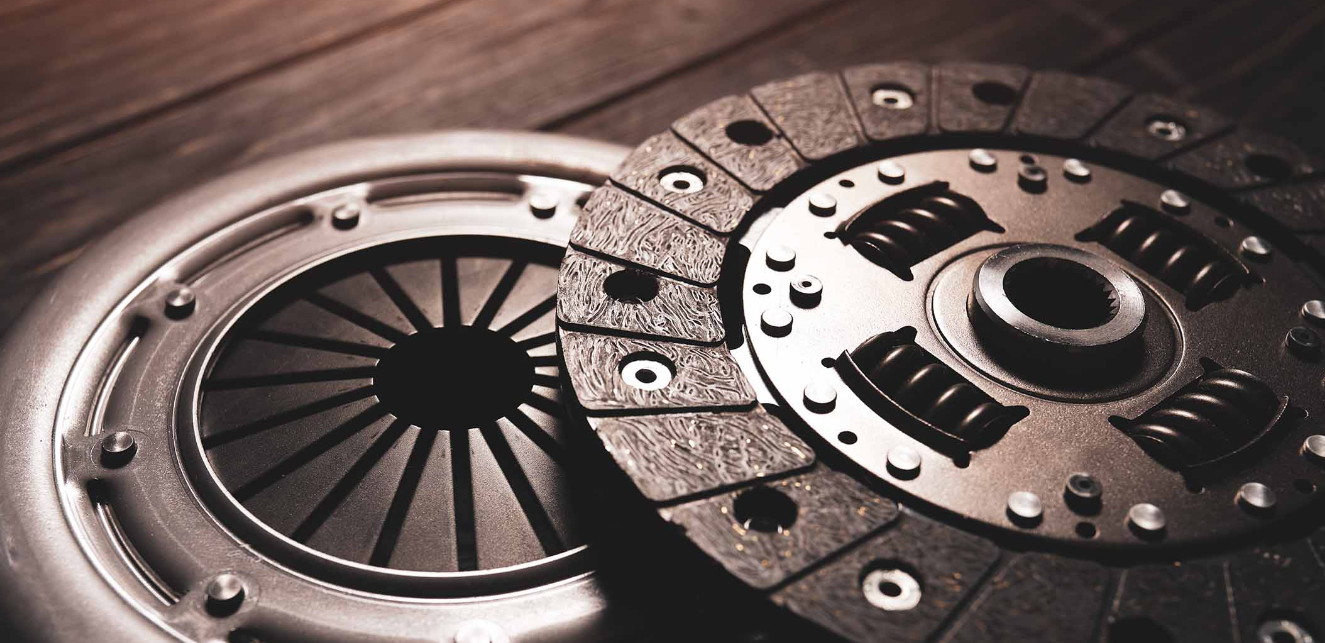If you’re a car enthusiast, you know how essential it is to keep your ride in tip-top shape. One of the most critical components of your vehicle that often requires attention is the clutch. Whether it’s a minor repair or a full plate replacement, maintaining your clutch system can significantly enhance your driving experience. But where do you start? In this blog, we’ll explore some expert tips on clutch repair and clutch plate replacement.
Understanding the Importance of a Healthy Clutch System
Before we delve into the specifics of repair, it’s vital to understand the role of the clutch in your vehicle. It’s like the heart of your car’s transmission system, connecting the engine to the wheels, allowing you to change gears, and providing a smooth driving experience. A worn-out or damaged clutch can lead to rough gear shifts, increased fuel consumption, and even total transmission failure.
Signs That Your Clutch Needs Attention
How do you know when it’s time for a repair? A few tell-tale signs can signal clutch trouble. These include difficulty in shifting gears, a burning smell, a noisy clutch pedal, or a clutch that slips and causes the revs to increase dramatically without a corresponding increase in speed. If you notice any of these symptoms, it’s time to take your car to a mechanic for a thorough check-up.
Clutch Repair: What Does It Involve?
When it comes to repair, the process involves inspecting all the components of the clutch system. This includes the plate, pressure plate, flywheel, release bearing, and clutch fork. The mechanic will examine these parts for wear and tear, damage, or malfunction and then decide on the best course of action. Sometimes, a minor adjustment or part replacement can fix the issue. Other times, a more extensive repair may be necessary.
The Clutch Plate: A Key Component of the Clutch System
When we talk about repair, we inevitably have to discuss the plate. This component is responsible for transferring power from the engine to the gearbox. Over time, the friction material on the plate can wear out, leading to a slip or incomplete gear engagement. If your mechanic suggests replacing the plate, it’s usually because it’s worn down to the point where it can no longer perform its job effectively.
Clutch Replacement: When Is It Necessary?
Sometimes, repair might not be enough to solve the problem. In such cases, a complete clutch replacement might be the only solution. This process involves removing the old clutch system and installing a new one, including a new plate. While it’s a more expensive and time-consuming process, it can significantly improve your car’s performance and longevity.
Choosing the Right Mechanic for Your Repair or Replacement
Just as important as the repair or replacement itself is choosing the right mechanic to do the job. Look for a reputable, experienced mechanic who specializes in transmission work. They should be able to accurately diagnose the problem, explain the necessary repairs or replacements, and provide a fair estimate for the work.
Final Thoughts:
Maintaining your clutch system is crucial for the overall performance and longevity of your vehicle. By recognizing the signs of a problematic clutch, understanding the importance of clutch repair and clutch plate replacement, and choosing the right mechanic, you can ensure a smooth and enjoyable driving experience.
So, is it time to give your ride the revamp it deserves? Don’t wait until your clutch gives out completely. Be proactive, pay attention to the signs, and seek professional help when necessary. Your car—and your peace of mind—will thank you.

